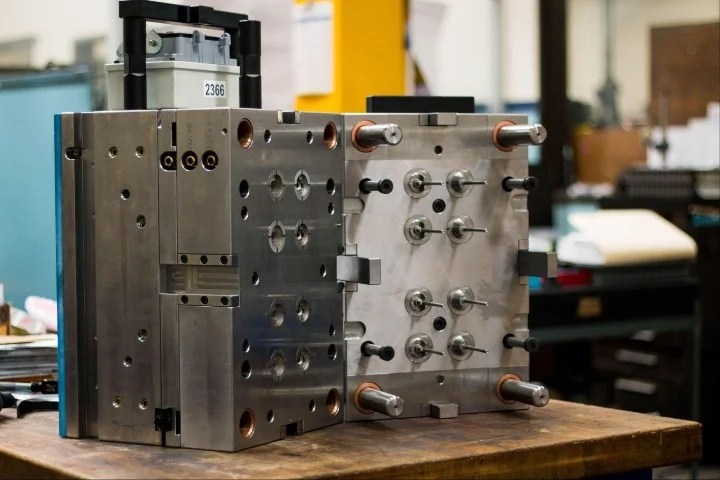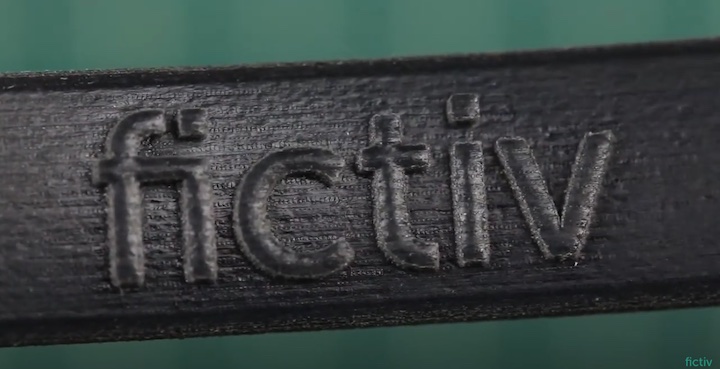Time to read: 3 min
After ten years of working with hardware startups, the most common question we get is, “What do I need to provide in order to get a quote from a manufacturer?” Here’s a checklist of things we recommend you complete before speaking to a manufacturer.
Completing everything on this list will help you paint a very clear picture of what needs to be made and will leave very little room for error and confusion.
Manufacturing Checklist
1. Product Requirement Document
This document describes the expectations of your product in the market. You should describe all of the tangibles and intangibles in as much detail as possible. Include specifics about:
- Aesthetics
- Durability
- User Interface
- Target Demographic
- How it should look, feel, and act
2. Bill of Materials (BOM)
This is the complete list of components that make up your product. Your product will often have many components, and having the BOM assures that all the components are accounted for and can be easily referenced. It is easiest to see this information in a spreadsheet. Each part should have its own line and include (at least) the part name, material, and quantity of components per unit.
For most products, your manufactured cost should end up being about 20-25% of your expected retail price.
3. Component Specifications
This information represents a deeper dive into your BOM and is mostly used when making a product like a motor, or something with complex components that can have a range of quality and features. If you can specify existing part numbers, that often provides the most useful information. If not, create a document that clearly defines the specifications you need for that component. Specifications should always be measurable and include tolerances wherever possible.
4. Technical Files
You’ll need to have 3D and 2D drawings for mechanical parts, usually in .stp file formats. For electronic board layouts, you’ll use Gerber file formats. The manufacturer will use this information to understand how the tool must be made and how much material goes into the product, so they can calculate the cost of goods sold.
5. Your Prototype
Ideally, you’ll provide the manufacturer with a prototype that looks and works like your final product. We like to say that if a picture is worth 1,000 words, then a prototype is worth 1,000 pictures. You’ll want to provide the best prototype you reasonably can and then describe the specific changes you want to make in your mass-produced product.
6. Order Quantities
You will want to know how many units you are going to make, as different processes and materials can alter production runs sizes. The factory also has what they call an MOQ, or Minimum Order Quantity, that they are willing to accept. This MOQ is a result of the amount of setup time and cost required to get into and out of production.
At a baseline, most manufacturers have an MOQ of at least 1,000 units. You can think about it from the perspective that the lower the unit cost, the higher the MOQ will be. The opposite is also true—the higher the unit cost, the lower the MOQ.
7. Materials & Processes
It’s really important to understand the basics of the materials and processes with which you are planning to work, in order to know how to plan your business.
Manufacturing limitations, costs, opportunities, and risks are often defined by the materials and processes being used. The materials and processes define your MOQ’s, tooling and fixed costs, cost of goods, assembly methods, lead times, best prototyping practices, and many other details critical to your potential success.
Most materials and processes can be broken down into the following categories: plastics, metals/wood, electronics, printed/paper, soft goods, and a smaller category of rubbers/silicones.
If you can provide the items described above, the manufacturer you’re working with should have enough information to provide you with a good quote and make the product to your specs.
If you’d like to take a deeper dive into this subject, we invite you to download our Go To Manufacturing Checklist here.

